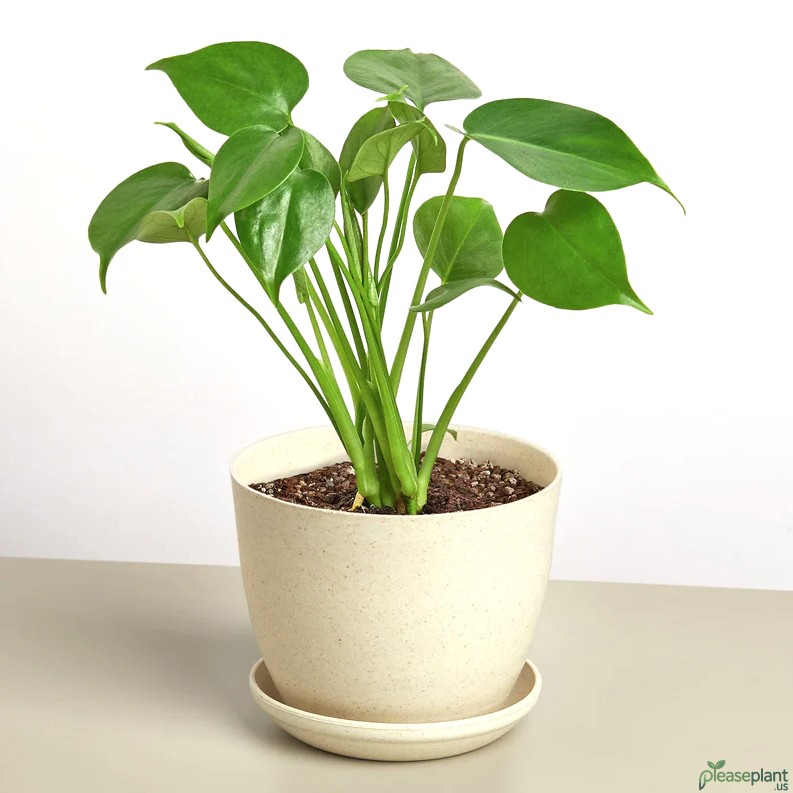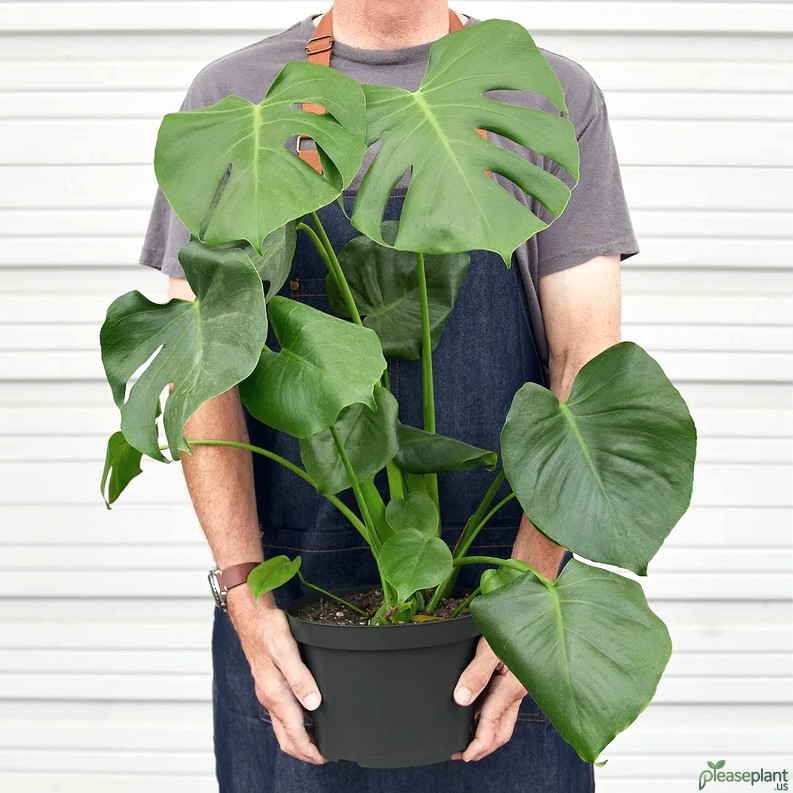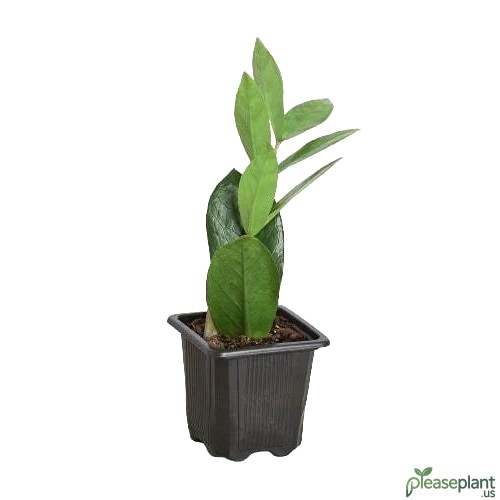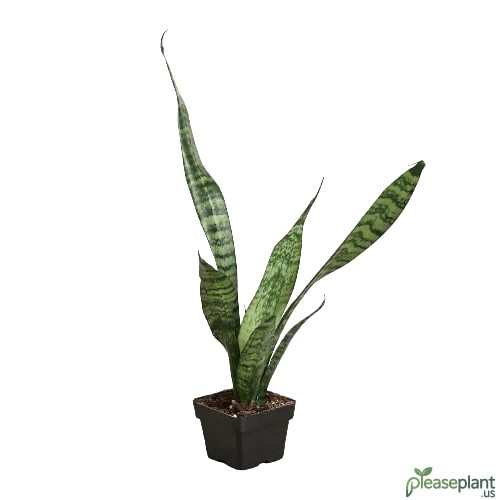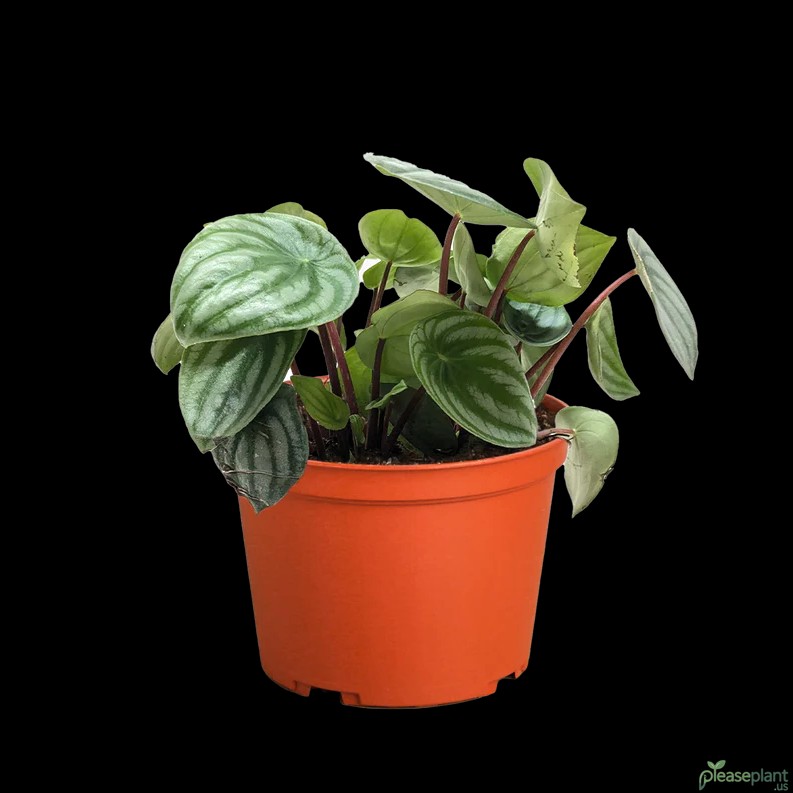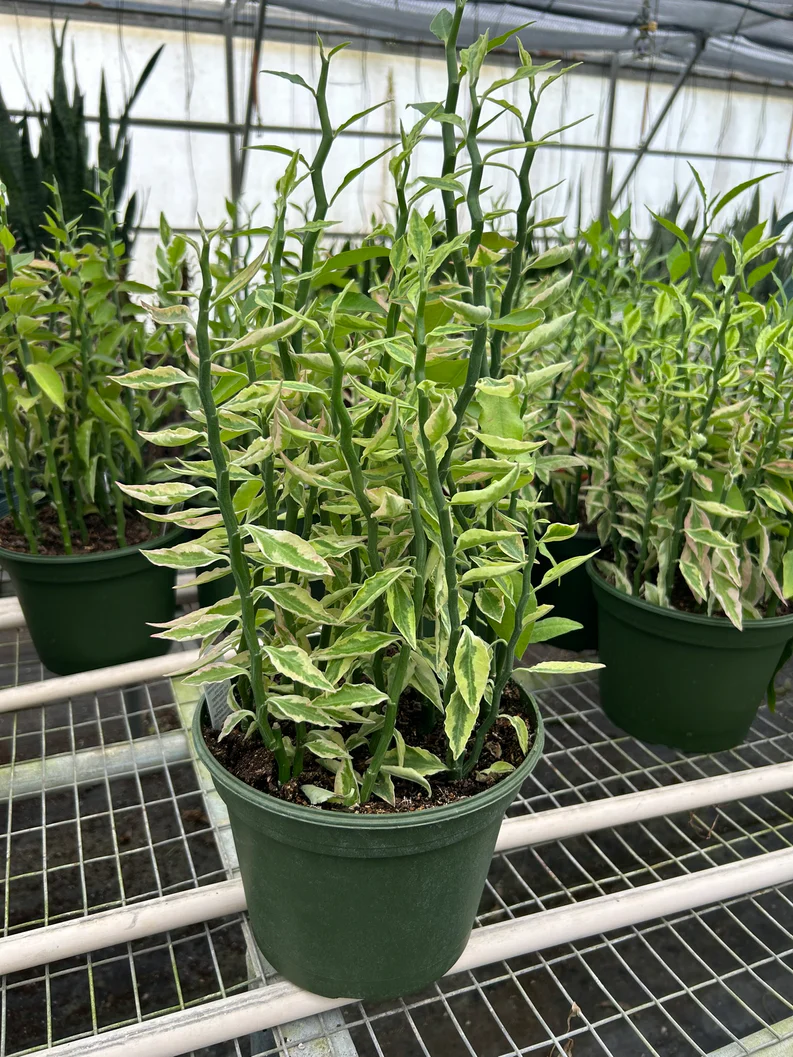You might be wonderin’ just how big can a Philodendron Monstera Split-Leaf - Deliciosa Plant get? Well, lemme tell you, these beauties can go from a cute little corner plant to a full-on jungle vibe if you let ’em. But size ain’t just about space – it’s about how you care for it. Light, water, and pot size all play their parts. And don’t get me started on those giant leaves with their natural splits – that’s what makes it so iconic. Let’s dive into the secrets of growing this tropical wonder to its full potential.
Let me tell you 'bout the Monstera’s wild side
If you’ve ever strolled through a plant shop or peeked at a trendy apartment with that classic leaf silhouette, you’ve encountered the Philodendron Monstera Split-Leaf - Deliciosa Plant. Now, how big do these jungle kings get? Well, in their natural habitat, these bad boys can climb and spread up to 10 feet or more, with leaves reaching a whopping 3 feet across! Indoors, though, you’re lookin’ at something a bit tamer – usually around 6 to 8 feet tall if you’re lucky and patient. But beware, they’re sneaky fast growers under the right conditiions.
Why size matters and how to handle it
You might think, "Hey, bigger is better," but with a Monstera, size means more than just a showy plant in your living room. Bigger means heavier leaves that need sturdy support - so you’ll want a moss pole or stake to keep it upright. Also, a giant Monstera drinks a lotta water and chows through nutrients, so your pot and soil gotta keep up! If you ignore this, you’ll end up with yellowing leaves or a sad, stunted plant – and nobody wants that, right?
Light, water, and space: The growth trifecta
Full sunlight is a no-no – too harsh and you’ll get scorched leaves faster than you can say "plant parent fail." But too little light? Your Monstera will grow slow and leggy, never reaching that majestic size. The sweet spot is bright but indirect light. Watering? Keep it consistent but don’t drown it. overwatering is the silent killer here. And remember, as your Monstera grows, it’ll want a bigger pot. Up potting every year or two keeps those roots happy and lets your plant stretch out.
Leaves that steal the show
One of the coolest things about the Monstera Deliciosa is those iconic splits and holes in the leaves, called fenestrations. These don’t appear on tiny plants – they show up as your Monstera matures and gets some decent size. So, if your plant’s just a baby with solid leaves, don’t panic. It’s a sign it’s growing up and will soon flaunt those dramatic splits that make it a true tropical star.
My personal Monstera saga
I remember when my first Monstera was just a little sprout, barely peeking out of its pot. Fast forward a couple of years, and it was practically taking over my living room corner, leaves sprawling everywhere with those cool holes. I had to get creative with supports and move it around to catch the light just right. It’s not just a plant; it’s a living, growing companion that demands a lil’ attention. But the payoff? Totally worth it.
Final thoughts for the Monstera enthusiast
So how big do Monsteras get? Indoors, expect 6-8 feet tall with leaves up to 2 feet wide if you care for it right. Outdoors in the right climate, they can be massive, climbing trees and covering walls. If you want a manageable size, regular pruning and pot size management are your friends. But if you’re up for the challenge, let it grow wild and watch your space turn into a tropical paradise. Just don’t blame me when it takes over your couch space!

